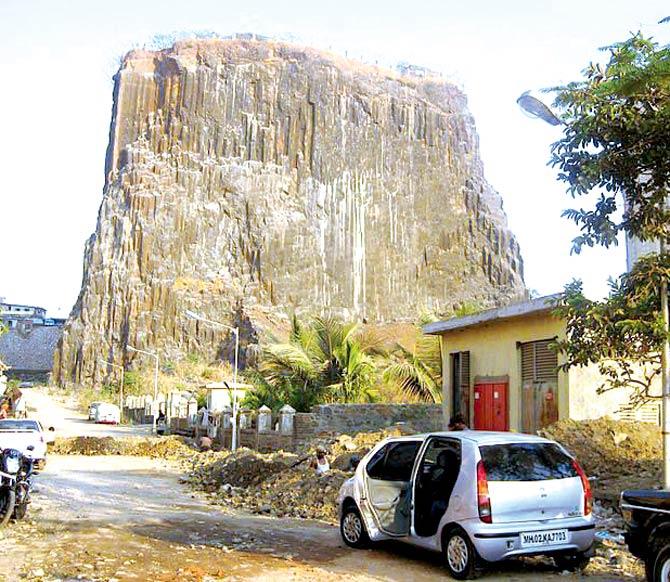From stone age tools to fossilised remains of crocodilian ancestors, Pranay Lal tells us why the city is home to a living history


Delhi-based Pranay Lal's new book Indica has emerged from his conversations with scientists, geologists and archaeologists and his own personal research over the last two decades
Did you know that Mumbai sits on a massive bed of volcanic rocks? When Pranay Lal relays this information to us, the picture that immediately pops to our mind is that of hot, molten lava flowing through the now picturesque Queen's Necklace. According to 46-year-old Lal, around 65 million years ago, this actually happened.
ADVERTISEMENT
Lal's new book, Indica: A Deep Natural History of the Indian Subcontinent (Penguin), offers a peek into rare and often, astonishing facts and discoveries about the life that surrounds us. "As a child, I was very curious about how everything around us came into existence," says Delhi-based Lal, a biochemist, who works in public health. "I remember listing down these questions so that I could find answers to them."

One thing led to another, and by his mid-20s, Lal began pursuing his research seriously. The book, he tells us, has emerged from his conversations with scientists, geologists, archaeologists and his own research of over the last two decades. It's also a collection of images, illustrations and maps that date back to the evening. For Mumbaikars, here's a bunch of facts, you knew little about.
Croc remains in SoBo
In 1998, a team of palæontologists found crocodile eggshells on a spit of land where Mumbai's Malabar Hill and Worli's office district are located today. The fossilised remains of crocodilian ancestors date back over 200 million years. Further, rocks on Malabar Hill in Chowpatty have preserved delicate fossils of varieties of frogs, among other small creatures.
Andheri's magma chamber
Hot magma from the Earth's interiors rises up and flows out as lava. When the force of the rising magma wanes, or the supply runs out, the ooze that has arisen close to the surface cools rapidly and forms a magma chamber. This magma chamber over several million years exposes vertical columns of basalt. Gilbert Hill in Andheri West is a fascinating example. Today, it is overrun with shanties, and is in dire need of protection.
Colleges cut from rocks
The volcanic rocks of Mumbai and its surroundings has greatly influenced its architecture. The Mumbadevi and Sitladevi temples, Elephanta and Kanheri Caves are among the many examples where basalt — formed from the rapid cooling of basaltic lava — was used. Some of the city's famous colleges — Wilsons, Elphinstone and St Xavier's — use grey volcanic rocks.
Stone tools in Pali Hill
Between 1910 and 1930, stone tools were found in Pali Hill, Backbay reclamation, Kandivli and in the fields that lay between Churchgate and Colaba. Because much of Mumbai is now covered by many layers of asphalt and concrete, most of these stone tools, rock formations or stone tools are now buried under it and, perhaps, lost forever.
 Subscribe today by clicking the link and stay updated with the latest news!" Click here!
Subscribe today by clicking the link and stay updated with the latest news!" Click here!







